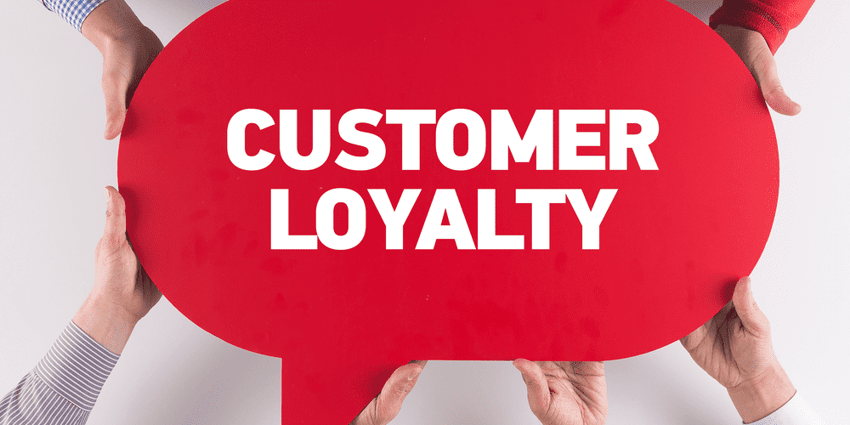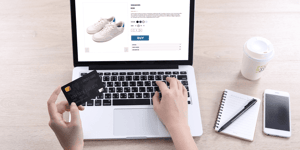It can cost five times more to bring in a new customer than it does to maintain a current one. What's this worth? Well, the odds of making a sale to a current customer is 60-70% compared to only 5-20% of making a sale to a new customer. It's clear that it's costly not to invest sweat equity into developing a post-purchase strategy to drive customer loyalty.
Why should you care about existing customers?
Here are five reasons why you should care about your existing customers:
- Better conversion rates
- Less marketing spend
- Constructive feedback
- Higher profits
- Lower costs
Why do customers leave?
Most business owners believe that if they build a great product, customer retention will flow naturally. The harsh truth is that this is rarely the case. The customer-business relationship is much more complex than that. Like any relationship if you stop trying, the other party will leave...eventually. Studies have shown that 68% of customers leave a business because they believe that you don't care about them.
How can a shipping strategy help you with retention?
Shipping is what makes shopping online convenient for your customers. It's safe to say that shipping plays an important part in customer retention. Imagine that you get a great deal on a product online, make it through the checkout process, just to be slammed with enormous shipping fees or massive delays in delivery times. You're not likely to come back, right?
Mapping out a good shipping strategy will allow you to:
- Be transparent with your customers
- Lower overhead costs
- Create mechanisms for customer acquisition and retention from the start
- Know your churn metrics
Target customers with special offers and rewards
If you're using a Customer Relationship Manager or CRM software, like Hubspot, you should be able to view a customer's purchase history. You can use these details to determine what kind of offer you can give to each individual. There are different ways that you can segment your customers and a few different follow-up emails that you should set up:
- Send an offer to customers who haven't purchased within two months
- Send an offer to customers who abandoned their shopping cart within 72 hours
- Send an offer for related products to customers who purchased
- Send past customers an offer on new products
Additionally, you can set up a list of customers that spend the most money on your business. These are your key accounts and you can create exclusive incentives to increase brand loyalty to your business. This also increases your chances of cross-selling and up-selling products.
Create a customer feedback loop
Who knows your business gaps better than your customers. As a business owner, it's important that you set up your customer feedback loop from the outset. This may take many forms, but generally survey's is the most popular method of gathering feedback. You need to determine the touchpoints for your customers, in order to increase the likelihood of receiving feedback. For example, sending a survey after a purchase is a typical touchpoint for many business owners, as this is a good time for customers to interact with your business. Once gathered, you can use this information to enhance your customer experience.
Customer newsletter
A customer newsletter is a simple and cost-effective way of retaining customers. You can use email automation from a software like Mailchimp or Hubspot, to send offers and product updates to your mailing list all at once. Sending out a weekly or monthly email reminds customers that your brand is well and truly alive and reminds them to purchase your products. Bonus points if you include an offer in your emails as extra incentive to purchase. The trick for these newsletters is finding the frequency of sending them, without annoying your customer base into unsubscribing.
Send branded communications
Remember that each step of the purchasing process is an opportunity for you to reinforce your brand's message and style to the customer. It can also create an opportunity to cross-sell or up-sell products to your customers (depending on what stage of the customer journey they are in).
This includes your tracking page, your email confirmation all the way down to your packaging and what "extras" you put in there. You could add a discount code or a personalized message, something that will make them feel good about your brand and keep your business in their mind. Interparcel provides customisable tracking pages, so your business can upload your colors, branding and marketing assets that your customer will check multiple times.










 Facebook
Facebook Twitter
Twitter Instagram
Instagram Linked In
Linked In YouTube
YouTube